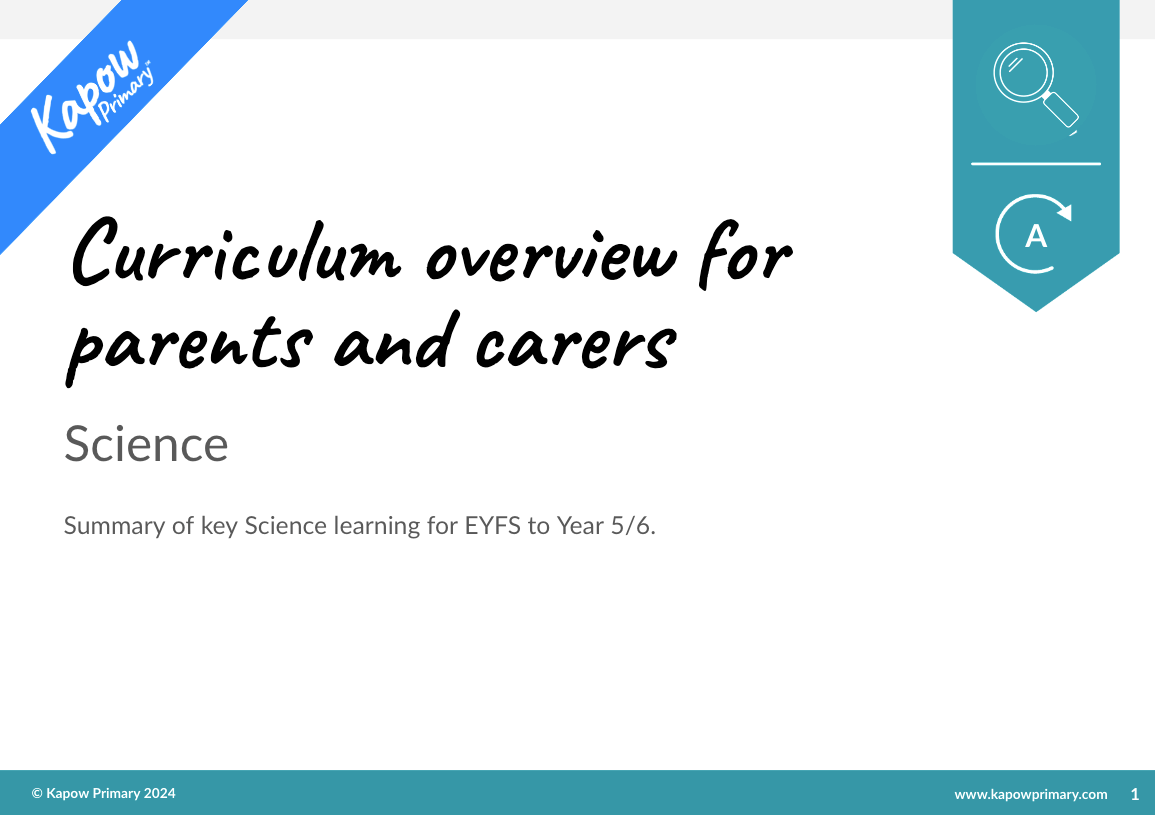No changes to this document needed for 25/26.
A curriculum guide which can be published on your school website to show parents and carers what will be covered in the RSE & PSHE lesson plans.

No changes to this document needed for 25/26.
A curriculum guide which can be published on your school website to show parents and carers what will be covered in the RSE & PSHE lesson plans.
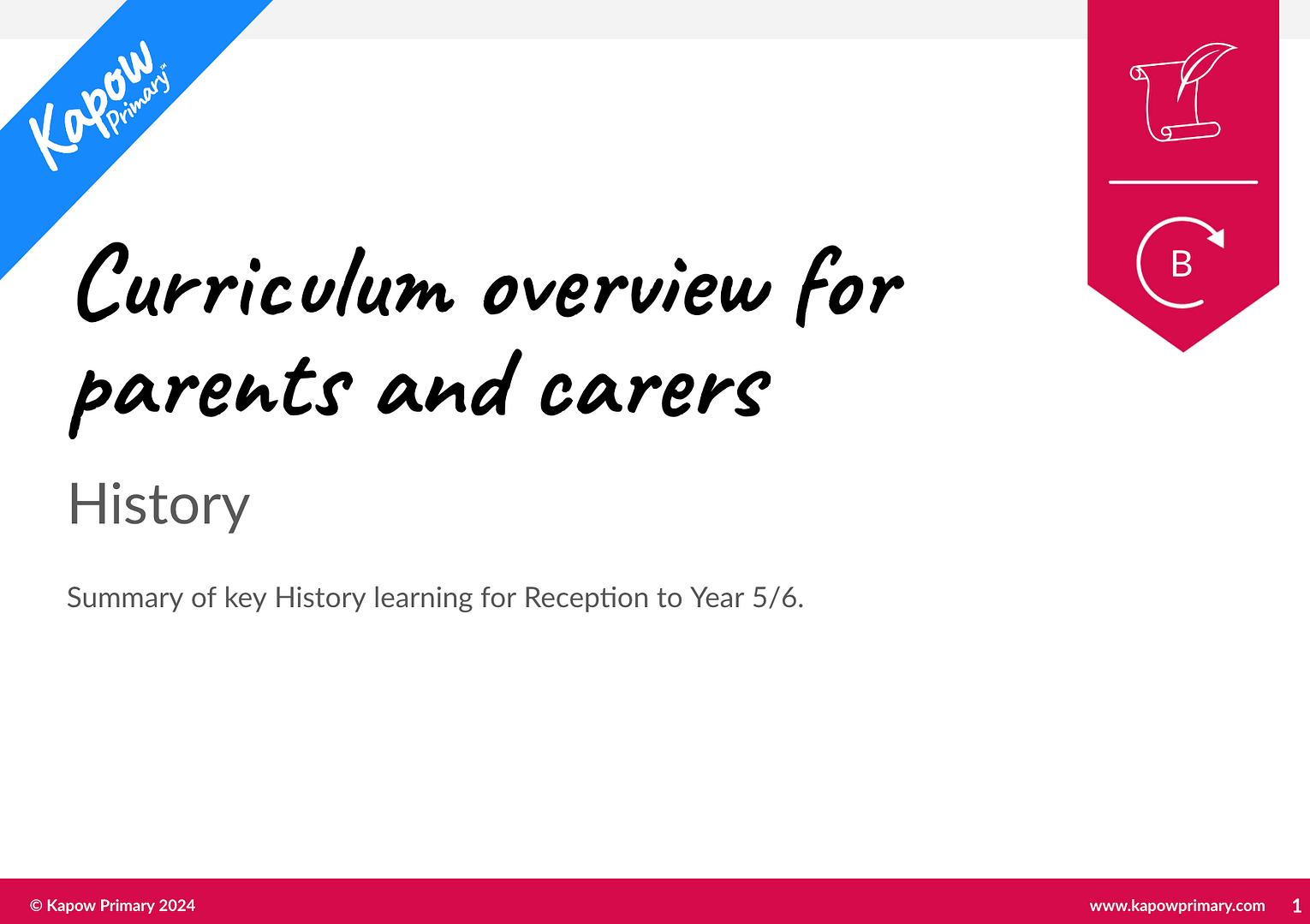
A curriculum guide which can be shared on your school website to show parents and carers the History curriculum.
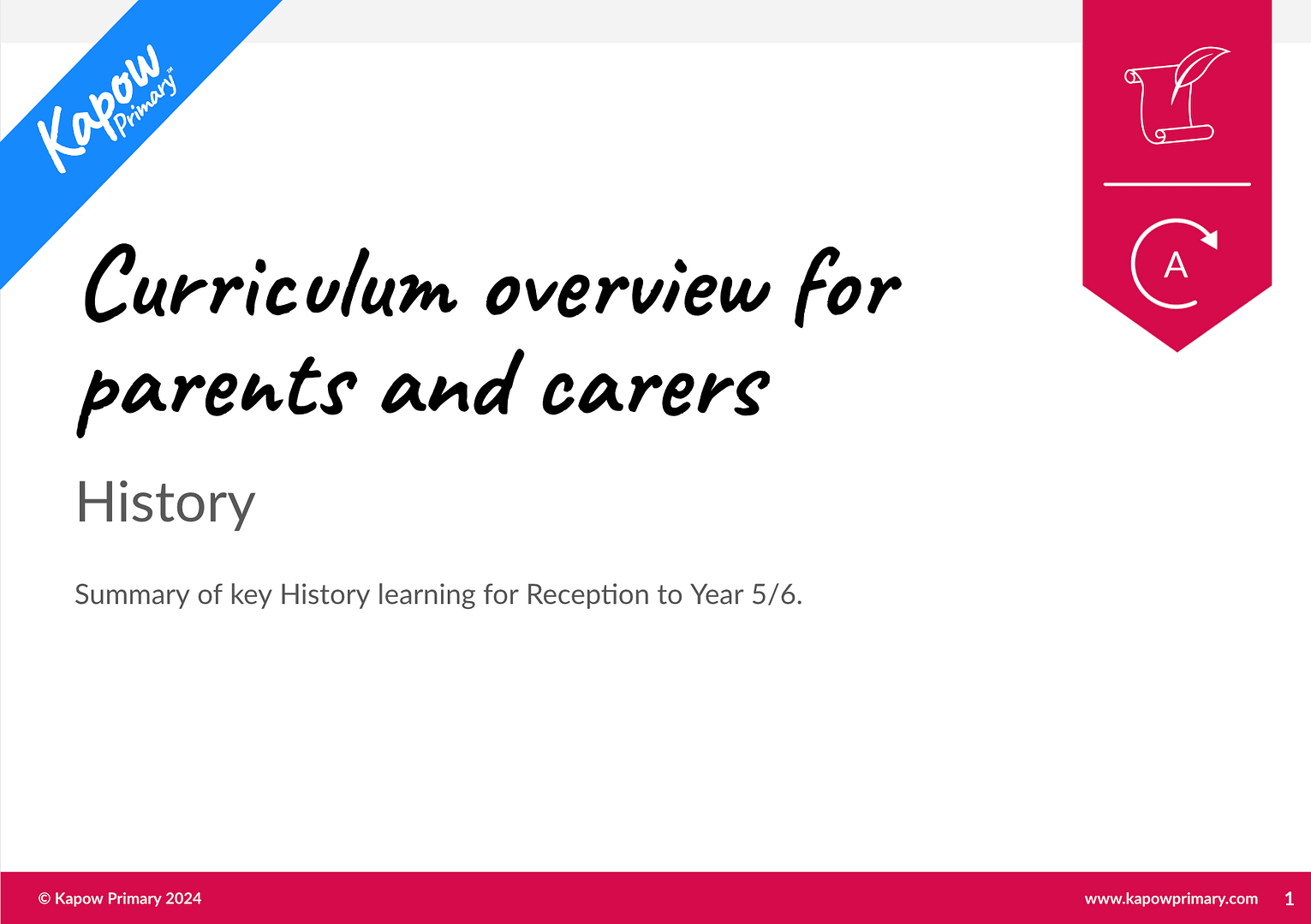
A curriculum guide for parents and carers which can be published on your school website to show the History curriculum.
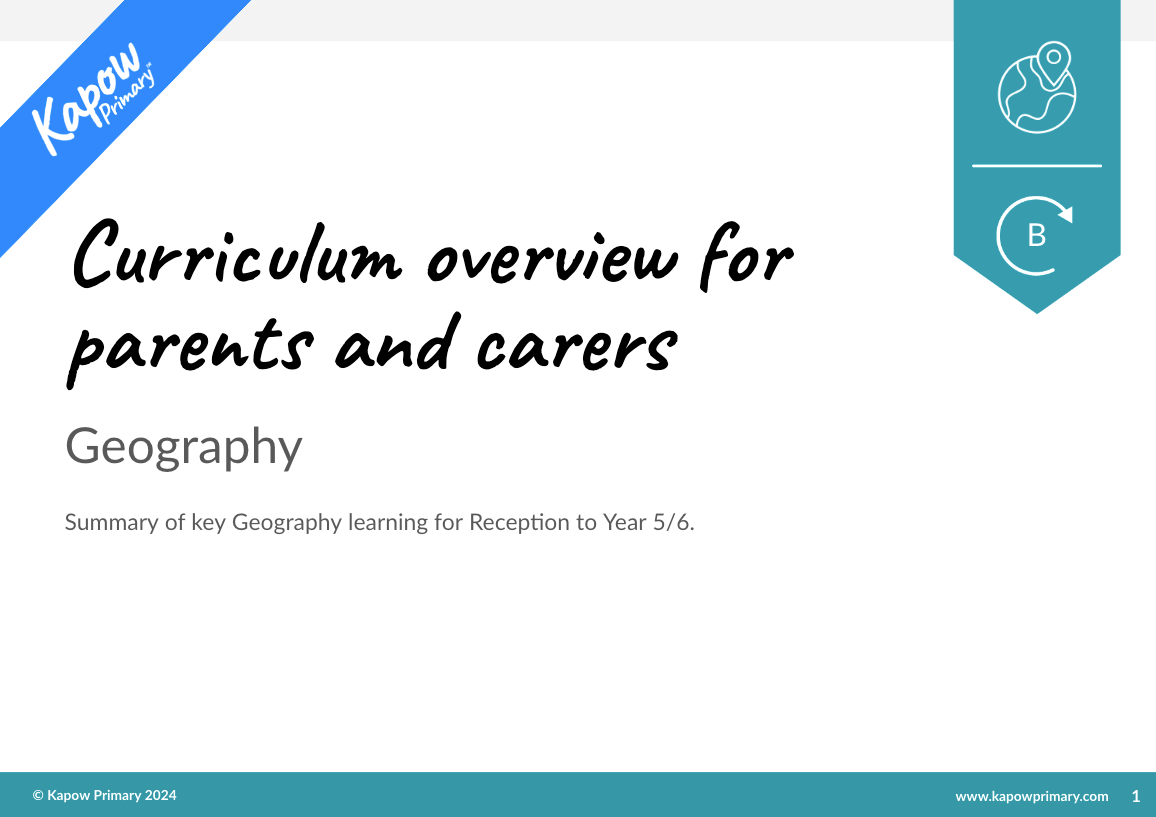
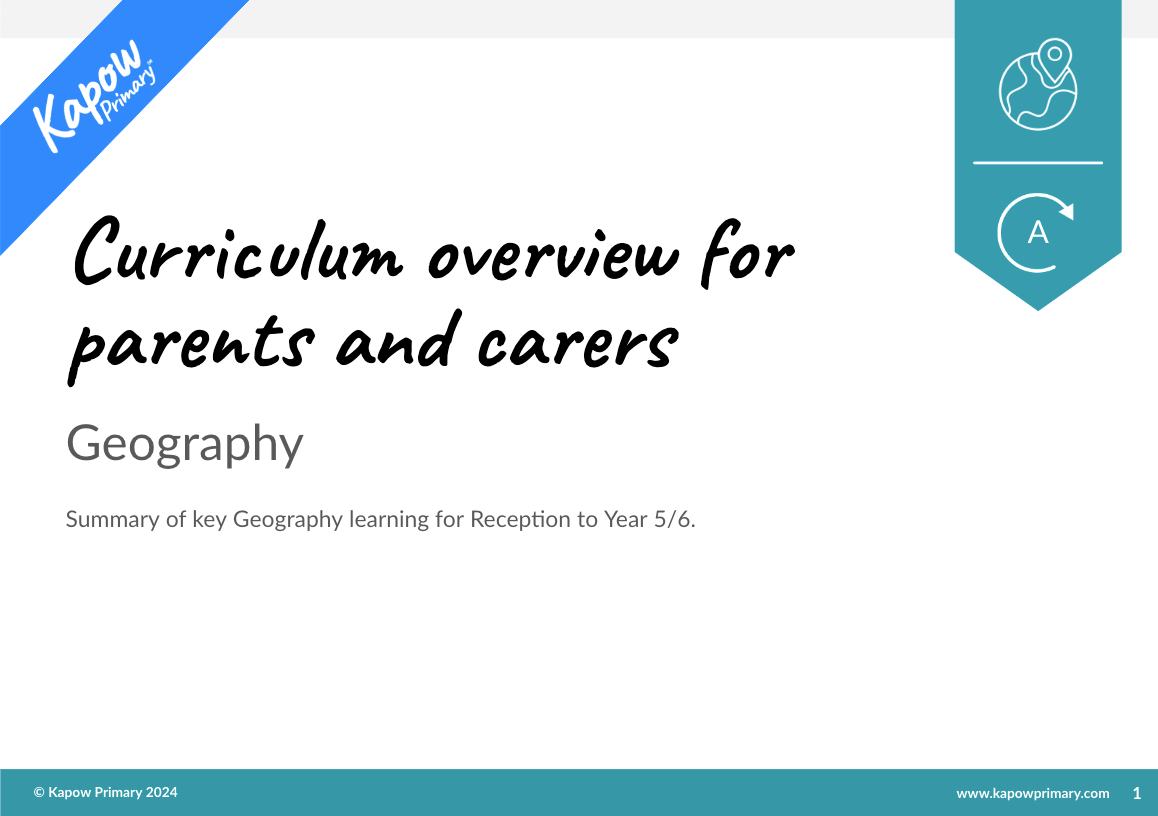
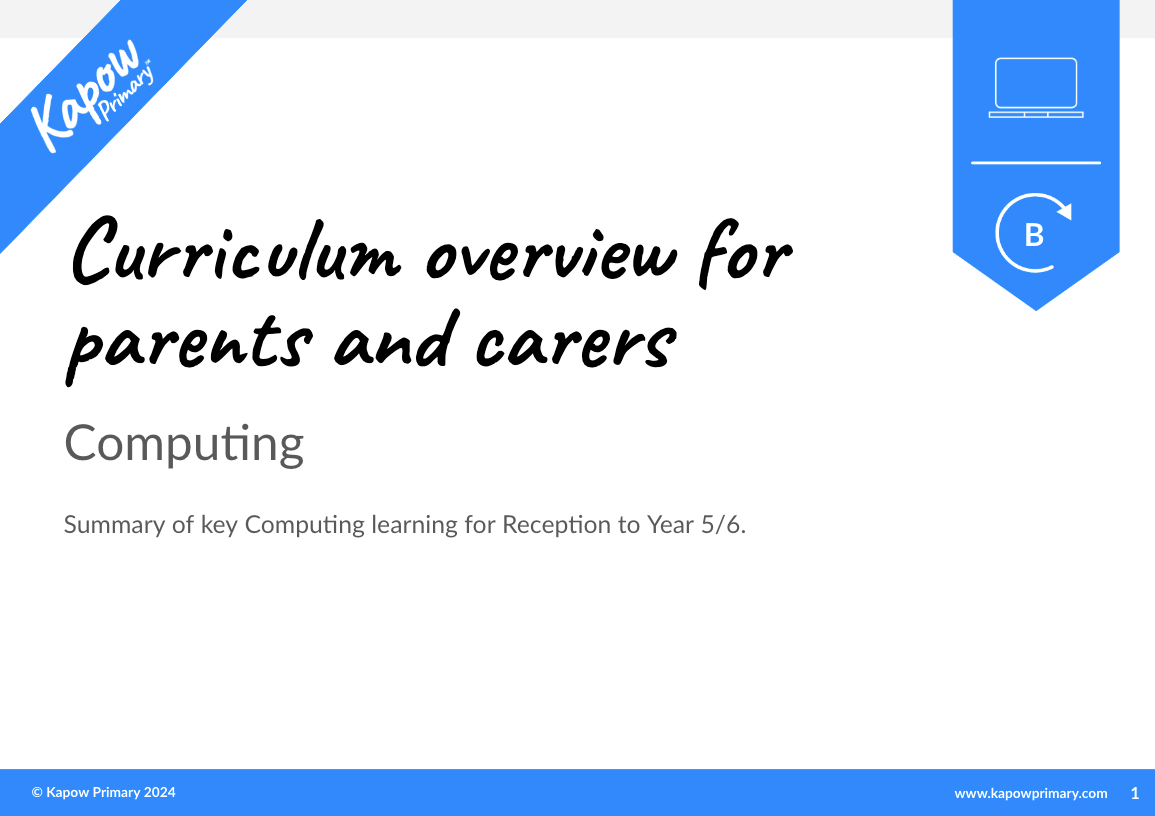
A curriculum guide for parents and carers which can be published on your school website to show the Computing curriculum.
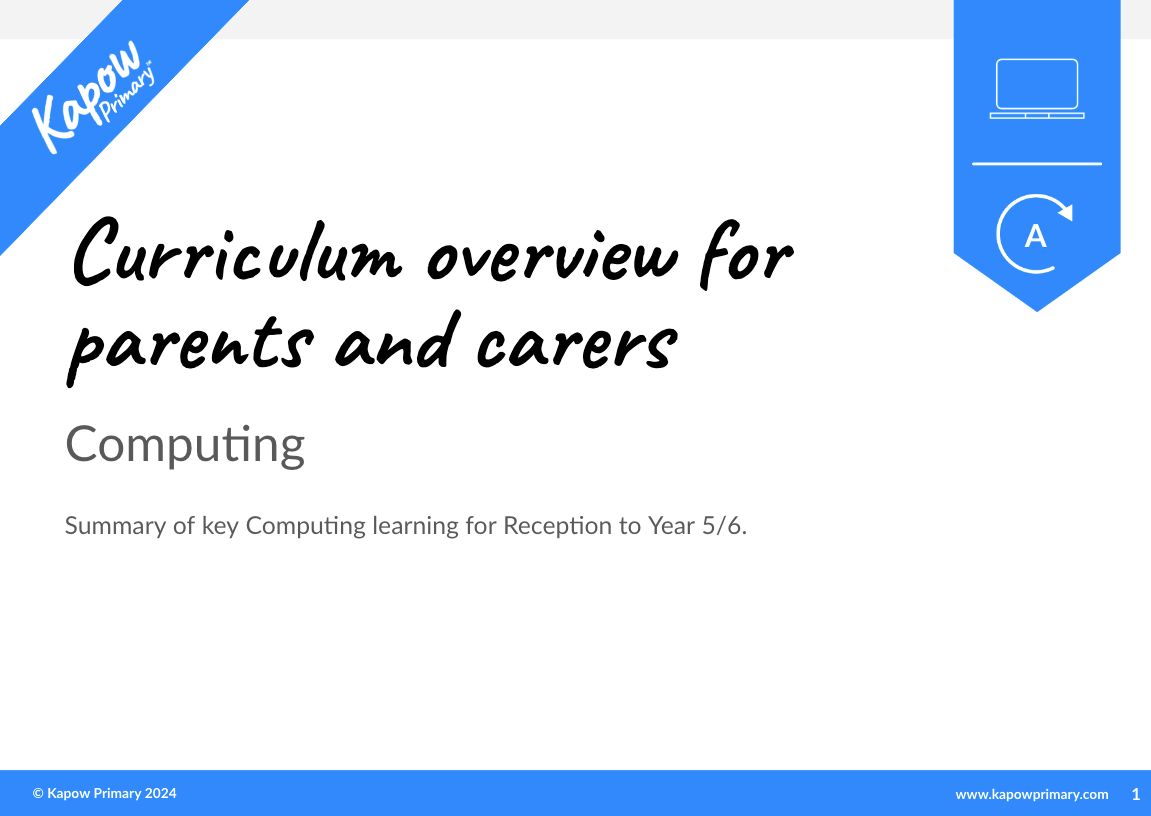
A curriculum guide for parents and carers which can be published on your school website to show the Computing curriculum.
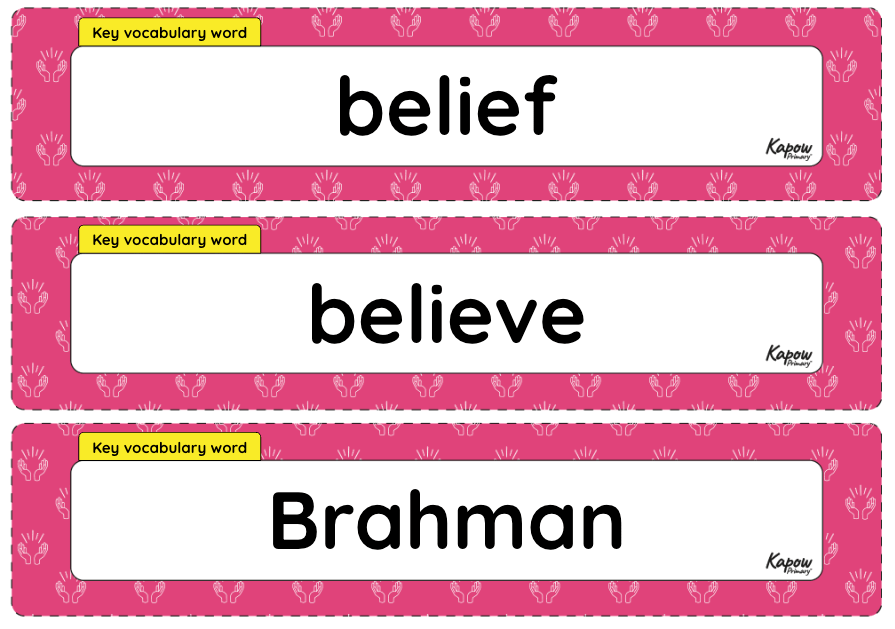
This unit vocabulary display includes keywords from the mixed-age unit Religion and worldviews, Y1/2 (A), How did the world begin? and additional unit-specific words that may be helpful in a display.
Key vocabulary is clearly labelled on the display, highlighting essential words that the pupils are expected to retain and reuse in future units. Understanding these words enhances comprehension of the subject and supports understanding of prominent organised worldviews.
See the full Religion and worldviews: Progression of key vocabulary.
